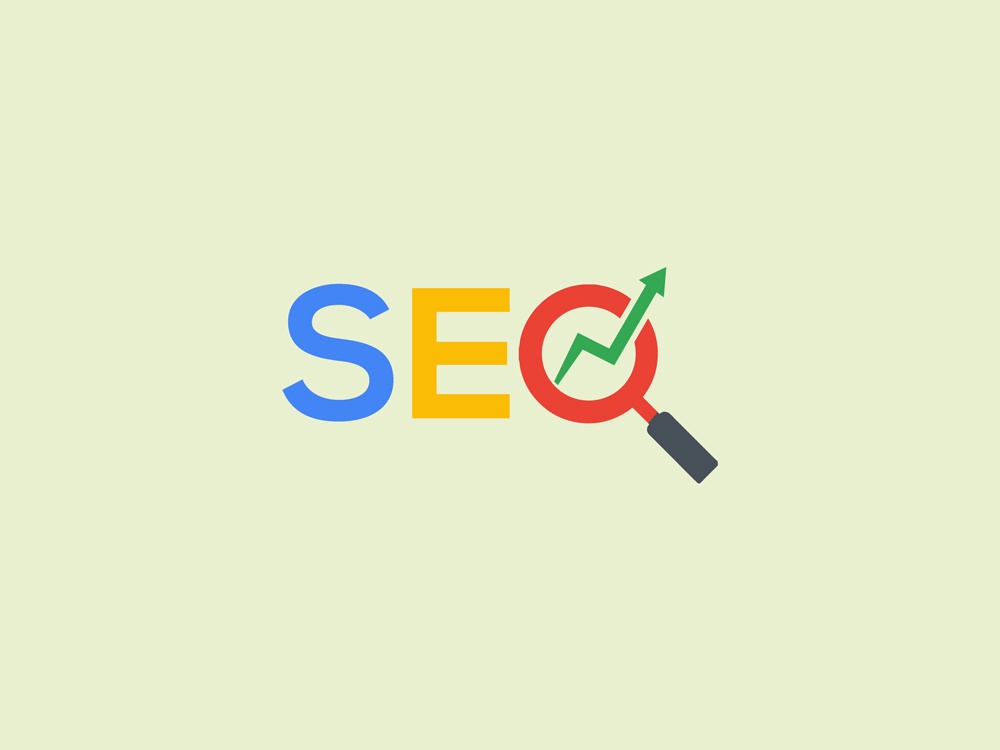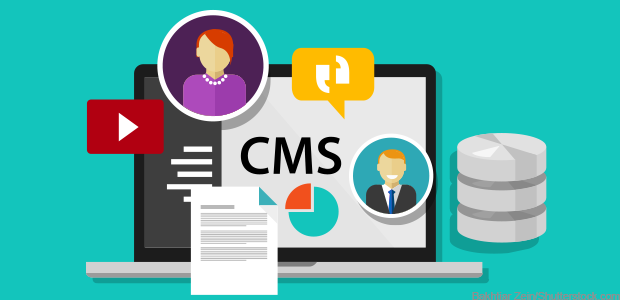Share This Story, Choose Your Platform!
It All Starts with Content
With any website, app or marketing project content should always come first. I don’t care if you are starting with a redesign, new website or editing an existing project – content comes first. So what is content? Content is everything from images, to text to functionality. Content is the framework of your online presentation. It starts with an outline, then a framework, then the guts – the images, text and makeup.

Framework
Each page is made up by a series of sections. With the exception of the home page, each section will have a shared themed among other sections on that specific page. If the sections do not share a common theme then they should be separated and new pages added to house those sections. The importance to this comes from how your website will be viewed as well as how it will be indexed by search engines (more on this later in this chapter). Your goal on any page is to provide a consistent flow for the visitor. If someone is looking for the services that you provide and have landed on a page that goes into detail about your mission statement, you have just lost their interest by wasting their time. I see a lot of companies putting their work examples in the about page. Mmmmm, maybe. But don’t you want to feature your work? Why embed this into a separate section when it can stand on its own?
No matter how big or small each page, your content must have a beginning, middle and end. So, whether you are creating content for the “About Us” section of your website or writing a series of news articles, there needs to be key information on each page that is specific to that page. Including the following framework:
An introduction – that summarizes the entire page – not only is this the first section that your visitor will see but guess what, same goes for search engines. When they crawl each of your pages they read your content top to bottom. If the opening content does not describe what is to come, it confuses both your visitor and search engines.
A key theme – again, this does not alway translate with a home page, but it does make sense for a landing page both internal and campaign pages. By internal I mean ever page within a specific section needs to share the same overall theme – design, layout and content theme. A landing page for a campaign will be a simple theme but a them all the same. I’ll talk more about campaigns and landing page but understand at this point that your goal is to direct the visitor and not distract them.
Linked related information – between other pages. When you have multiple pages within a section, it makes sense cross link this information from within related pages. Why is this important? Similar to what I said about not everyone uses the same contact method, not everyone follows one path through out your website. Don’t rely on a main menu with a sub-menu to direct people where they should go. Link within your content as well. Along with this, if your cross link
within blog content or news content it is huge! If someone comes to your website because a blog article showed up within a search result on Google and then while reading this article they clicked a link to a related article you have pulled that person in and they are hanging out for awhile. Offer them a drink and a slice of cake.
A clear Call To Action (CTA) – if the page requires user interaction. I will cover this more but a clear CTA is vital to make that connection or conversion if we are being honest. A lot of marketers talk about this on landing pages for ad campaigns. Yes, I totally agree. However, I think this goes with for any page on your website. We built a site recently for a client that clearly put a CTA at the bottom of their blog posts to connect further. On ever blog post that was the only CTA. This did two things: first there were no distractions and the visitor focused on the content and second, the content was the focus with a clear direction to connect.
A summary – every page needs a summary. This can come in multiple forms. Its clear to see this on a news blog because you can summarize the page in a closing paragraph. However, other pages that summary may be a sentence. Its still a summary and it can summarize the content on that page. If someone is skimming a page they may just be looking for that summary to get direction on engaging more to move on.
Depending on the subject matter, content on each page will differ. Understanding the framework will allow you to write out content and build out your pages accordingly. You want your website and the corresponding pages to create a flow for your visitors to ultimately establish a connection and encourage engagement. Now that we have clearly defined the framework I want to explain the difference between a pages and dated content.



